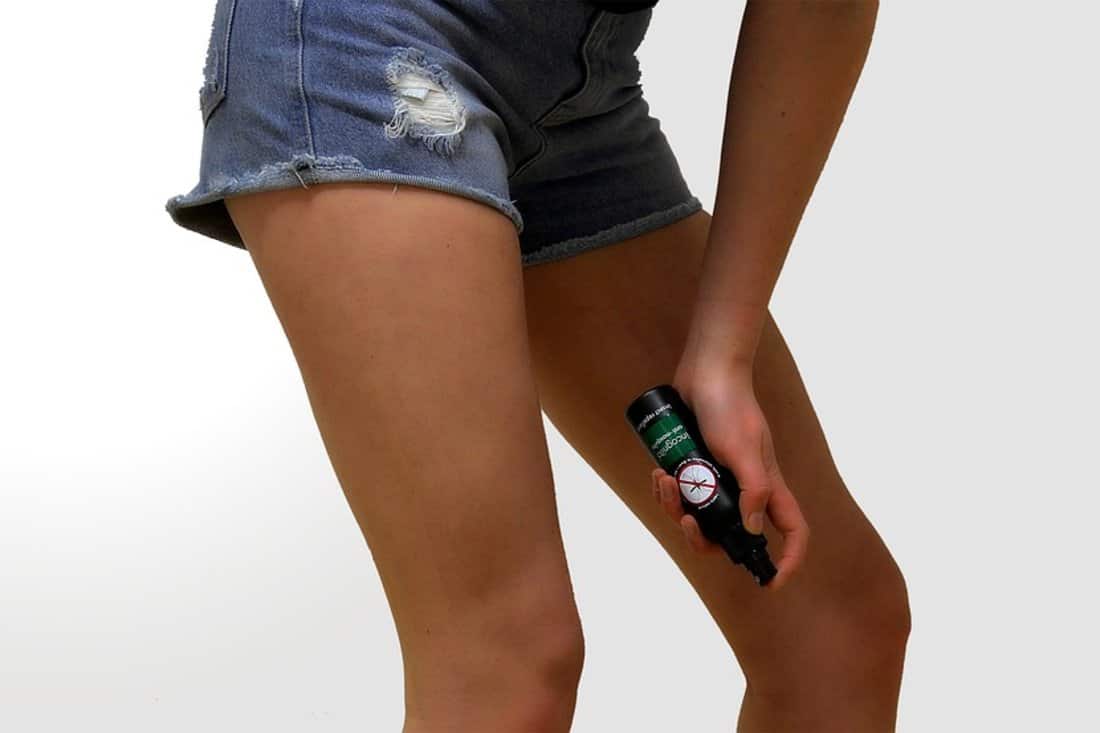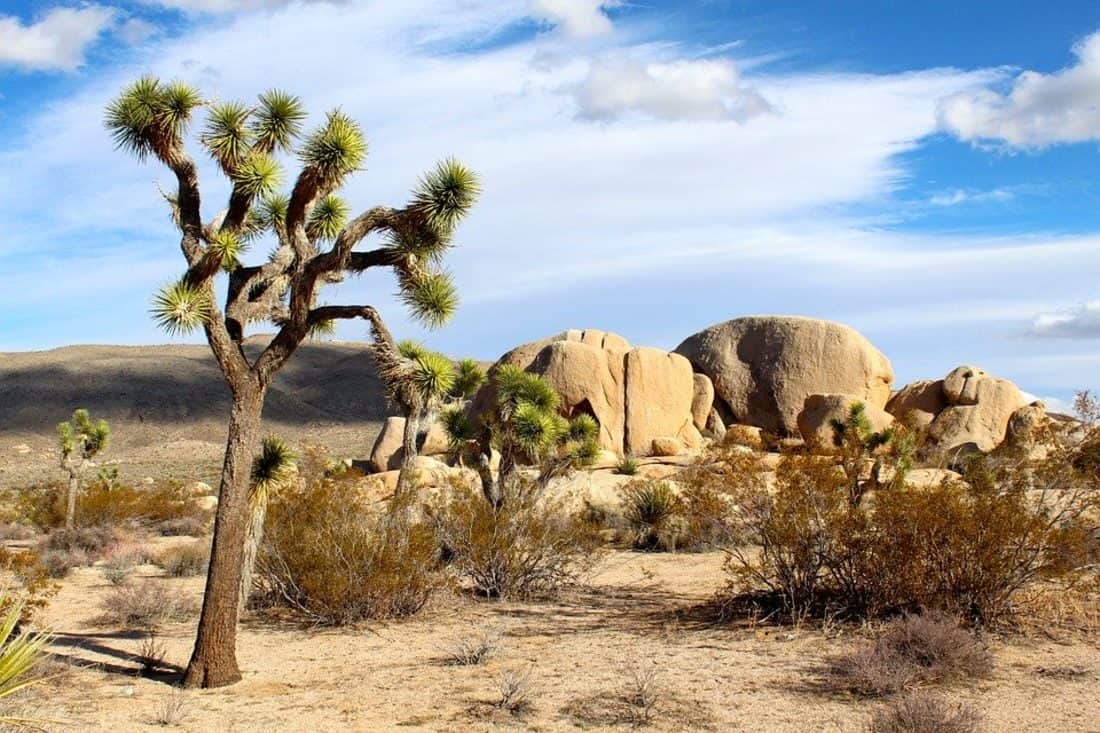As far as outdoor activities go, Joshua Tree National Park offers some of the best camping grounds in America. The park is within driving distances of Las Vegas and Los Angeles, making it a popular tourist destination. While the park is spectacular, one thing that most adventurists constantly worry about are bugs that can make a trip outdoors unpleasant. Fortunately, bug spray can keep the bothersome bugs away.
Do you need bug spray in Joshua Tree? It’s recommended to use bug spray in Joshua Tree, as there are plenty of mosquitoes, ticks, and fleas to keep off. The mosquitoes breed in areas of the park that have water such as Pinyon Well, Twin Tanks, and Bakers dam. Ticks and fleas live off animals like coyotes, bighorn sheep, kangaroo rats, and jackrabbits that inhabit the park.
In this article, I will take you through the different kinds of bugs you should expect in Joshua Tree and what makes them thrive. On a specific note, mosquitoes are on the increase in Joshua Tree. So should you carry a repellant? We will also go through tips on how to protect yourself from these bugs.
Are There Mosquitoes and Bugs in Joshua Tree?
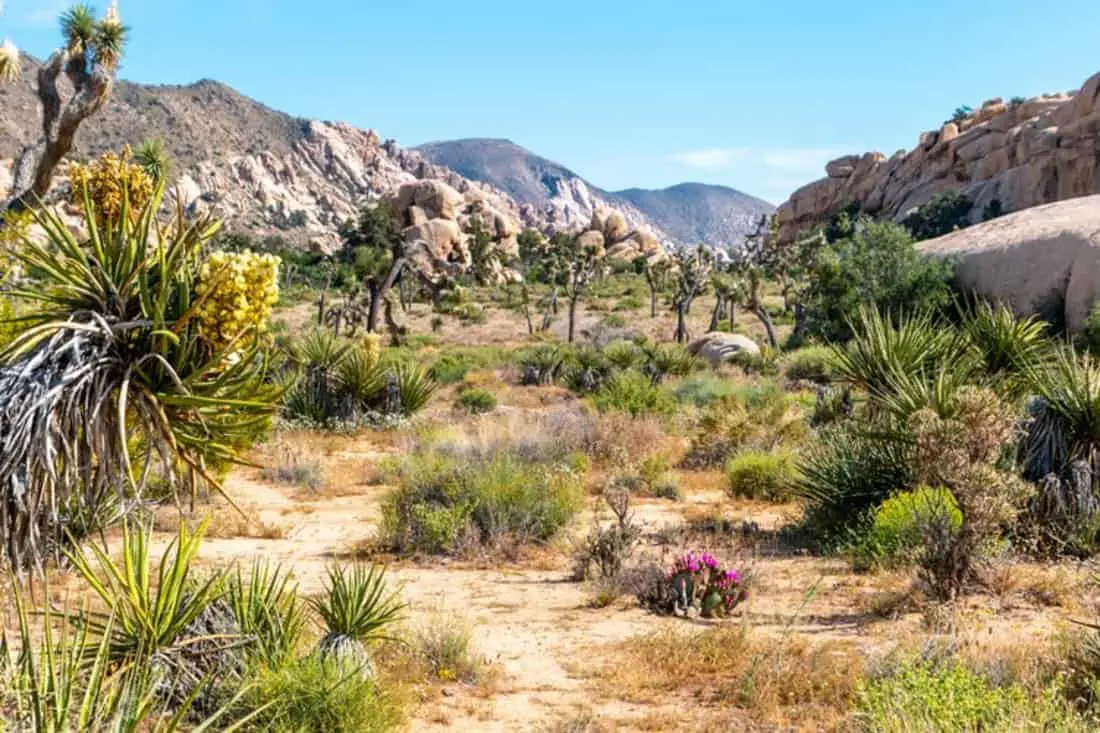
There are mosquitoes and bugs in Joshua Tree! Sections of Joshua Tree National Park have water that provides the perfect breeding environments for mosquitoes. You are also likely to encounter bees, wasps, and hornets in the park. Additionally, there are ticks and fleas that feed on the animals. All these small bugs further attract spiders and scorpions that feed on them. The chain further extends when the small bugs attract bigger ones like spiders and scorpions that feed on them.
The areas where you will find bugs in Joshua Tree are Wilson Canyon, Pinyon Well, Split Rock, Pleasant Valley, Twin Tanks, Covington Flat, Fried Liver Wash, Oasis of Mara, Indian Cove, Jumbo Rocks, and Bakers Dam.
Common Bugs in Joshua Tree
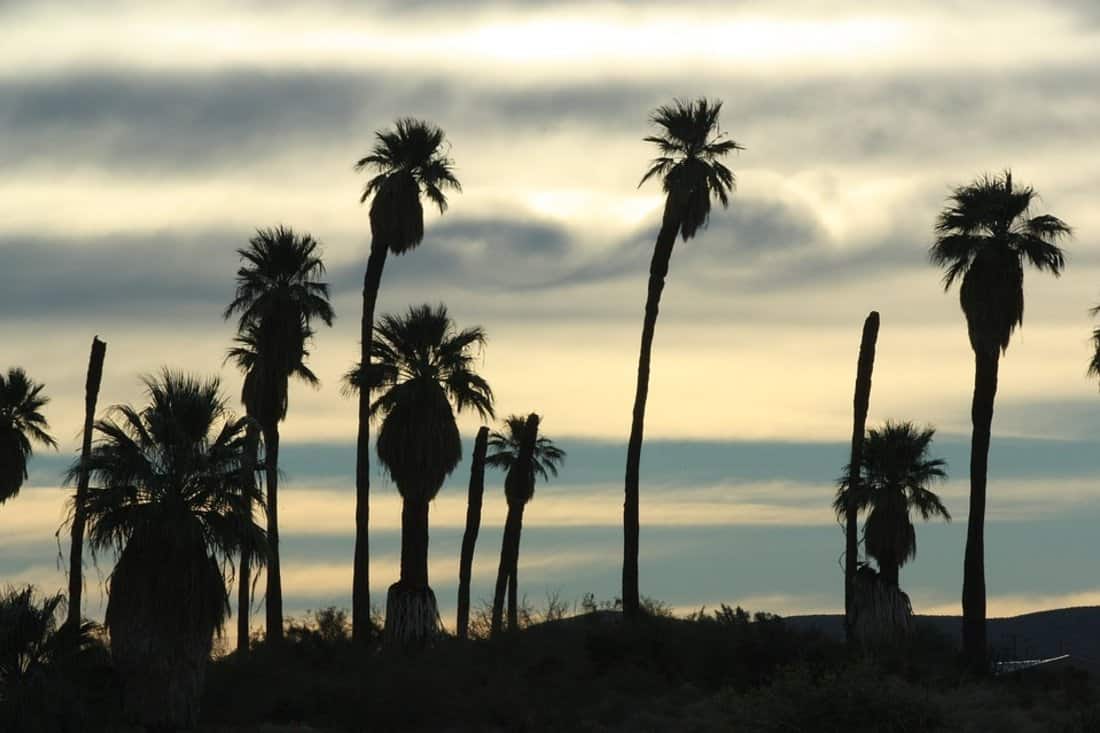
There are thousands of bugs in Joshua Tree. These include different species of spiders, insects, and other creatures with multiple legs, also known as arthropods.
Do you fear bugs? Here are the most common bugs that you are likely to encounter during your visit to Joshua Tree, and why you should keep them away at all costs.
1. Mosquitoes
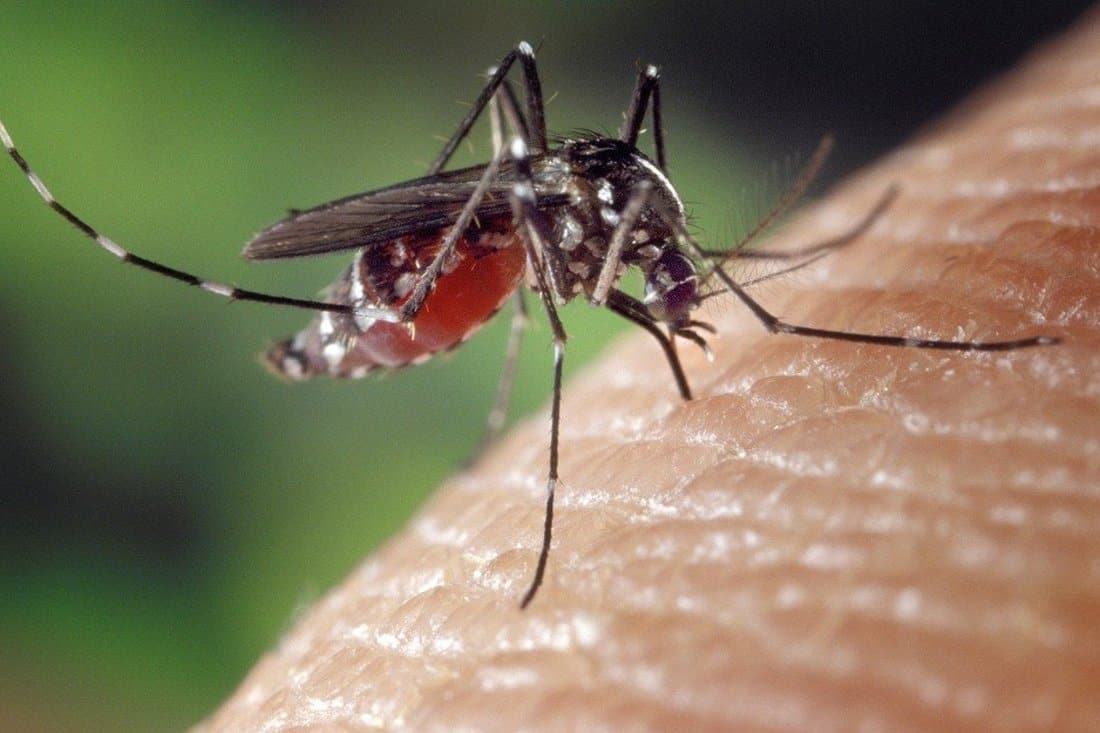
When it comes to staying outdoors, mosquitoes are some of the most feared bugs. Not only are they noisy but they also transmit diseases such as malaria, yellow fever, and West Nile Virus.
However, not every bite from a mosquito will make you sick. Usually, the bite will only cause an itchy bump but a small wound can form if you scratch. The spot can be uncomfortable and even painful when scratched.
Like I have mentioned above, mosquitoes do well in swamps and areas with stagnant water.
2. Fleas and Ticks
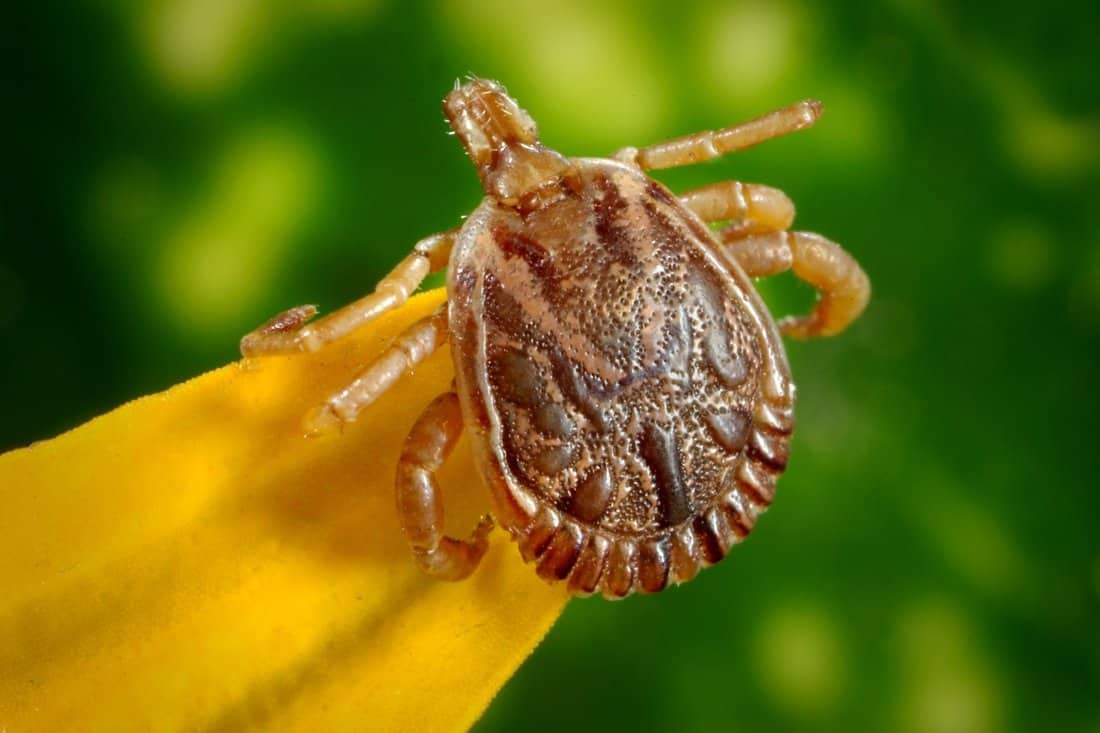
There are both large and small animals in Joshua Tree. They include kangaroo rats, bighorn sheep, coyotes, and jackrabbits. These animals attract fleas and ticks that feed on blood. And these bugs don’t discriminate, they will bite and feed on you too!
Apart from the loss of blood that you will suffer, you also run the risk of getting infected with various diseases. For example, fleas can transmit bubonic plague and typhus. Similarly, ticks are good transmitters of Lyme disease, tick paralysis, and tularemia (rabbit fever).
3. Scorpions
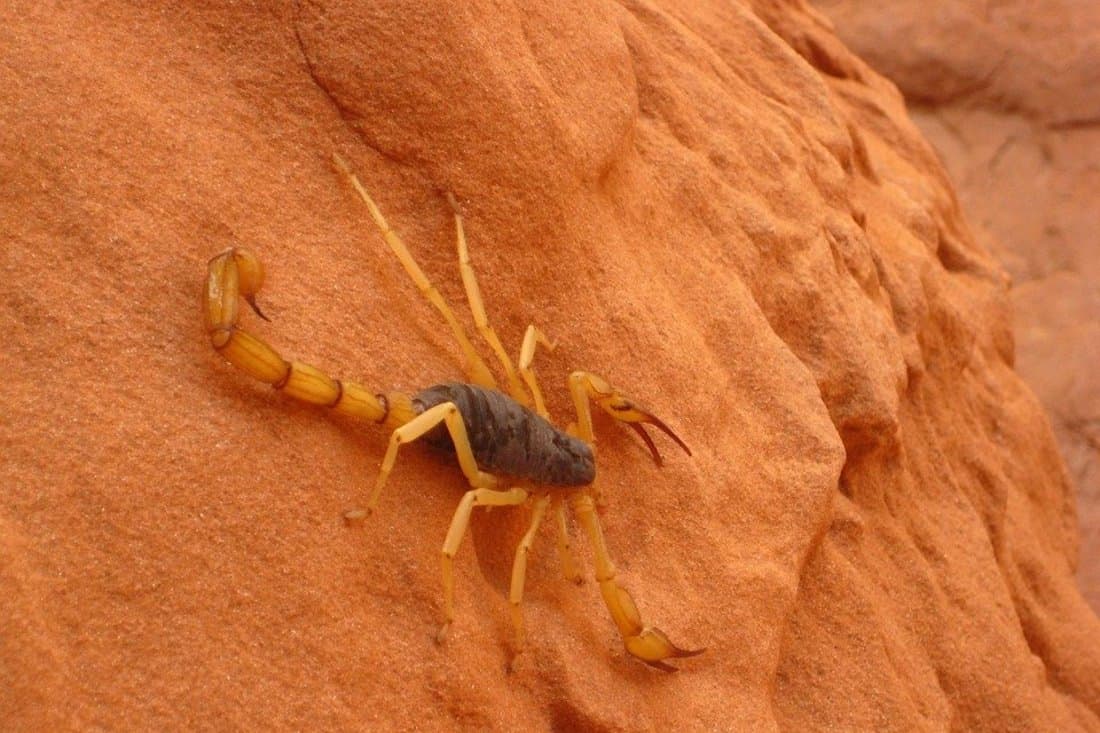
Scorpions are eight-legged creatures, commonly found in a dry environment. The desert climate of Joshua Tree is a perfect home for these poisonous animals. You can easily recognize them by their segmented tails with a forward-curved stinger.
In Joshua Tree, the scorpions are the giant and hairy type (Hadrurus Arizonensis). They are pale yellow while others are brownish in color. Most measure about 5.5 inches and they feed on insects, lizards, and snakes.
As a protection mechanism, the stinger of a scorpion contains venom. This is a poisonous substance that is meant to paralyze or kill owls and bats that feed on the scorpions. Typically, if you are stung, you will suffer extreme pain and numbness for a few hours then it clears.
4. Spiders
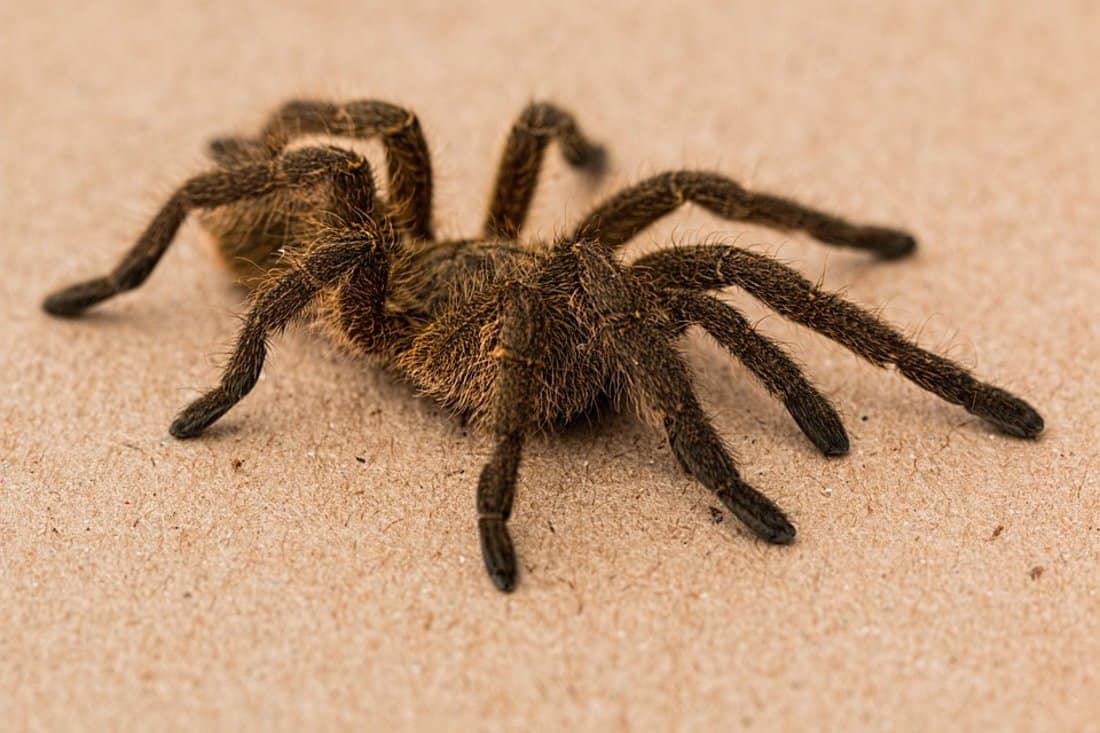
Spiders are a common sight in Joshua Tree, especially during the fall. From mid-September to the end of December, the area hosts different species of spiders. Such include the recluse spiders, tarantulas, and sun spiders.
Between those spiders, tarantulas are the biggest. You can easily identify them by lots of fine hairs that cover the whole body and the legs that are about 4 inches long. Their color varies from brown to black. And if that is not scary enough, they have eight eyes!
Note: Though tarantulas are big and scary, they rarely attack, and they generally stay away from humans. However, if they feel threatened they bite and rub their hairs on your skin; causing itchiness, redness, and painful swelling.
Why Are There Bugs in Joshua Tree yet It’s in a Desert?
Joshua Tree is located in southeastern California. This is one of the driest regions in the US. Specifically, the park extends between two deserts: the Colorado Desert and the Mojave Desert (the driest desert in North America). With such a climate, you would expect the park to be free of bugs, but that is not the case.
So, why are there bugs in Joshua Tree? And why do you need bug spray in Joshua Tree?
The answer has to do with both man-made and natural factors:
- To begin with, there are several tanks around the park. These are occasionally filled with water for visitors’ use. Bugs are attracted by the water that is spilled and within no time they multiply into thousands. Bees have also been found to crowd around water sources, especially during summer.
- Campers and hikers contribute to the multiplication of bugs. Food or drinks left lying around attracts bugs such as ants and hornets from their hiding places. As the smaller bugs increase, spiders and scorpions feed on them and increase as well.
- You will also encounter lots of grey moths around the Joshua trees. These are harmless and feed on the seeds produced by the trees. In return, they help to keep the ecosystem going by transporting pollen from one tree to the other.
- Lastly, major contributors to the bug population include the 5 oases, the baker dam, and dozens of seasonal streams within the park. They make an excellent environment for mosquitoes and other bugs to thrive.
How to Protect Yourself From Bugs in Joshua Tree
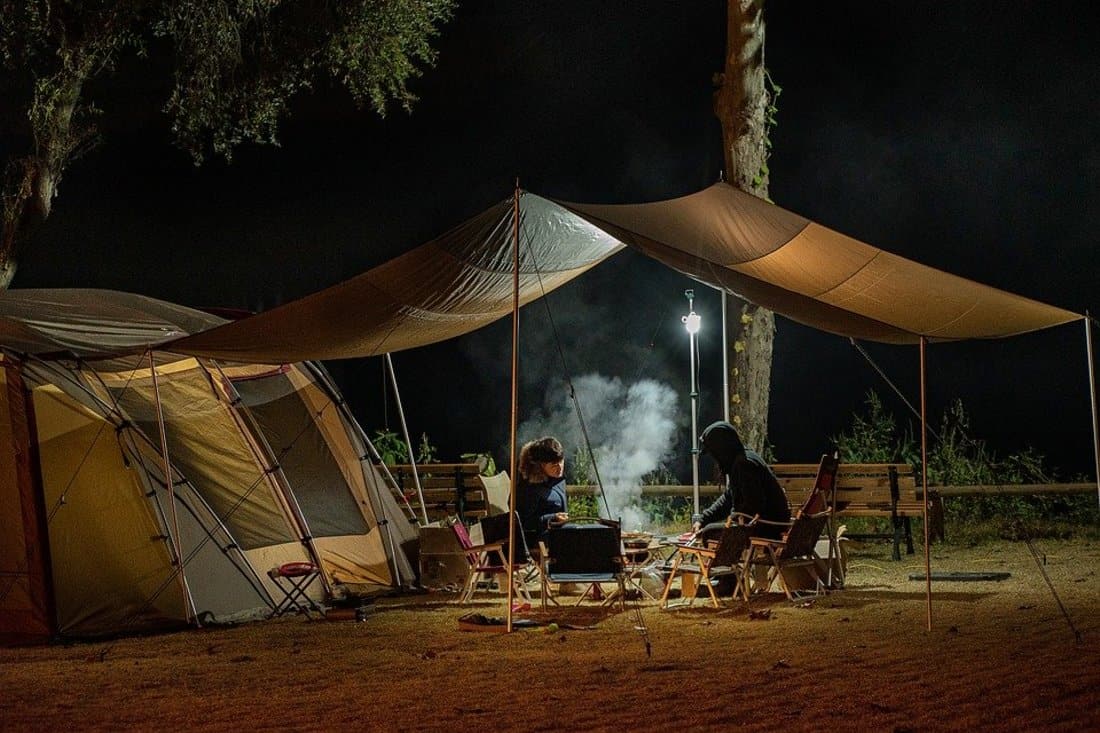
Do you need bug spray in Joshua Tree? Absolutely! Bug spray is one of the best ways to keep off mosquitoes and other bugs in Joshua Tree. The most common ingredient in bug spray is DEET (N-Diethyl-3-methylbenzamide). While it is not meant to kill the bugs, it effectively repels them and keeps them away from your skin. There are other alternatives like dimethyl phthalate which are less effective.
Besides DEET, eucalyptus and citronella oils are also used to repel most bugs. They are great natural alternatives if you are sensitive to DEET.
Note: Bug spray repels bugs that bite your skin and feed off you such as mosquitoes, biting flies, ticks, midges, fleas, and sand flies. That said, it doesn’t work with stinging insects such as wasps, bees, and hornets. Also, it is not considered effective against spiders and scorpions.
Therefore, even with bug spray, you will still need to protect yourself from bugs whether you are hiking, camping, rock climbing, or sightseeing in Joshua Tree.
I have compiled several tips that will help you with this:
- Keep away from spiders and stinging insects such as bees, wasps, and hornets. Fortunately, they do not deliberately bite or sting – they only attack when they feel threatened.
- Wear loose-fitting clothing to ensure that the bugs don’t access your skin. Mosquitoes are especially able to bite through tight clothing.
- Carry some anti-itch ointment to apply on any bites and stings to avoid scratching. Scratching can easily break your skin leading to bleeding and possible infection. Blood can also attract more bugs.
- Standing water is a perfect environment for mosquitoes to breed in – dry all dishes when camping and wherever possible, fill water puddles near your campsite with soil. This can actually make a difference!
- Light-colored clothing can help you spot bugs like ticks easily before they reach exposed skin.
- If you are hiking, stick to the trail. Many bugs inhabit areas with tall grass and bushes.
- Avoid sitting on the ground in areas where you are likely to encounter bugs. Instead, use picnic benches and chairs. This may not keep away bugs like mosquitoes, but it definitely works with ticks that only find their way through contact with their environment.
- Use a mosquito net when you sleep.
- When hiking, avoid animal trails as they are likely to have ticks and fleas.
Note: As I mentioned earlier, the smaller bugs attract the larger ones. If you can keep away mosquitoes, ticks, fleas, and ants, you are not likely to attract spiders and scorpions.
Final Words
Despite being a desert, Joshua Tree National Park is home to numerous bugs, including mosquitoes that can both be a nuisance and source of various diseases. This is because there are conditions within the park that help them to thrive. Based on the above information, you can now conclude, that it’s recommended to use bug spray in Joshua Tree (especially, if you are spending a lot of time there).
Related: A Complete US National Park List

